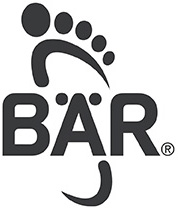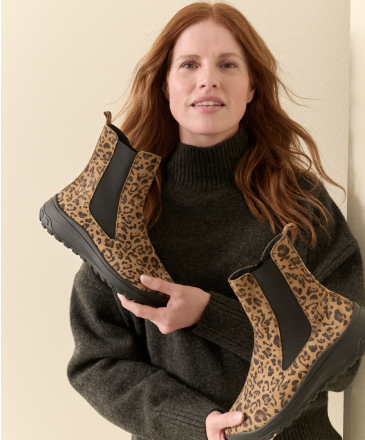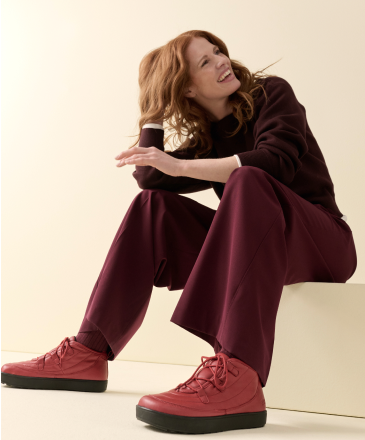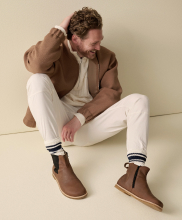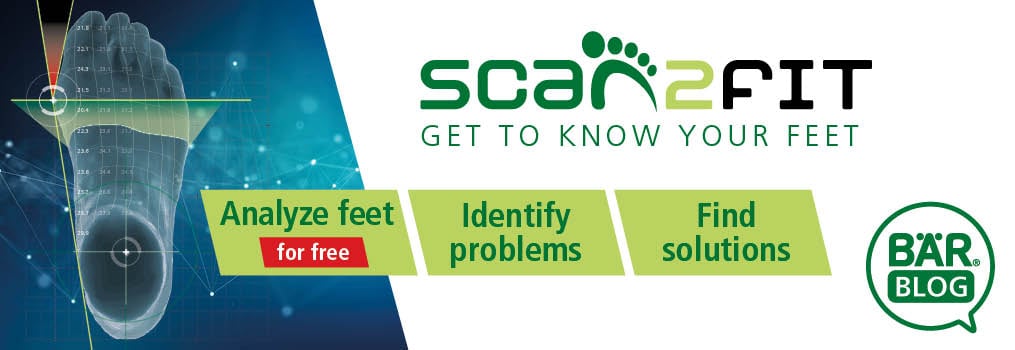Functional anatomy of the foot

Functional anatomy of the foot
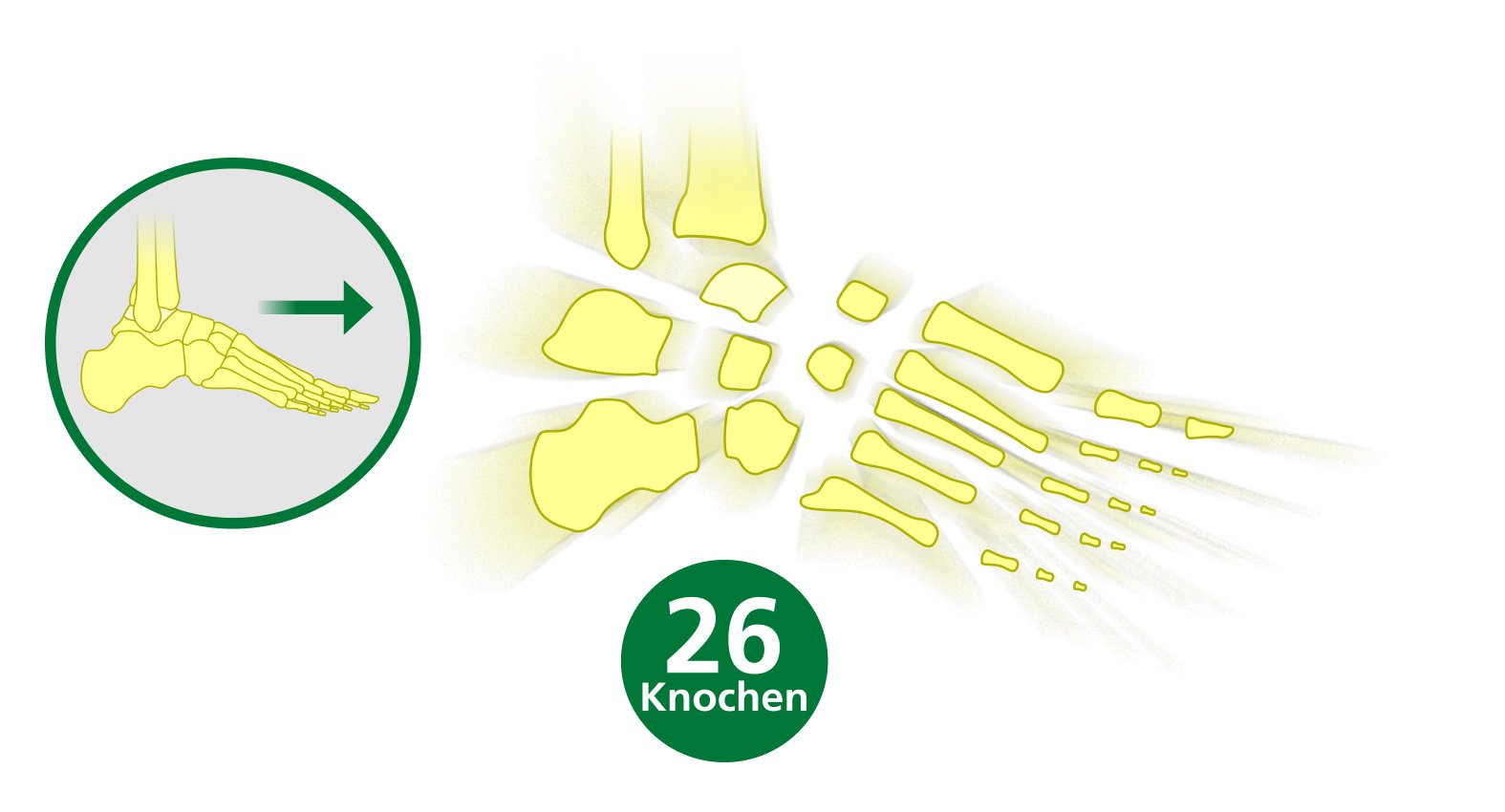
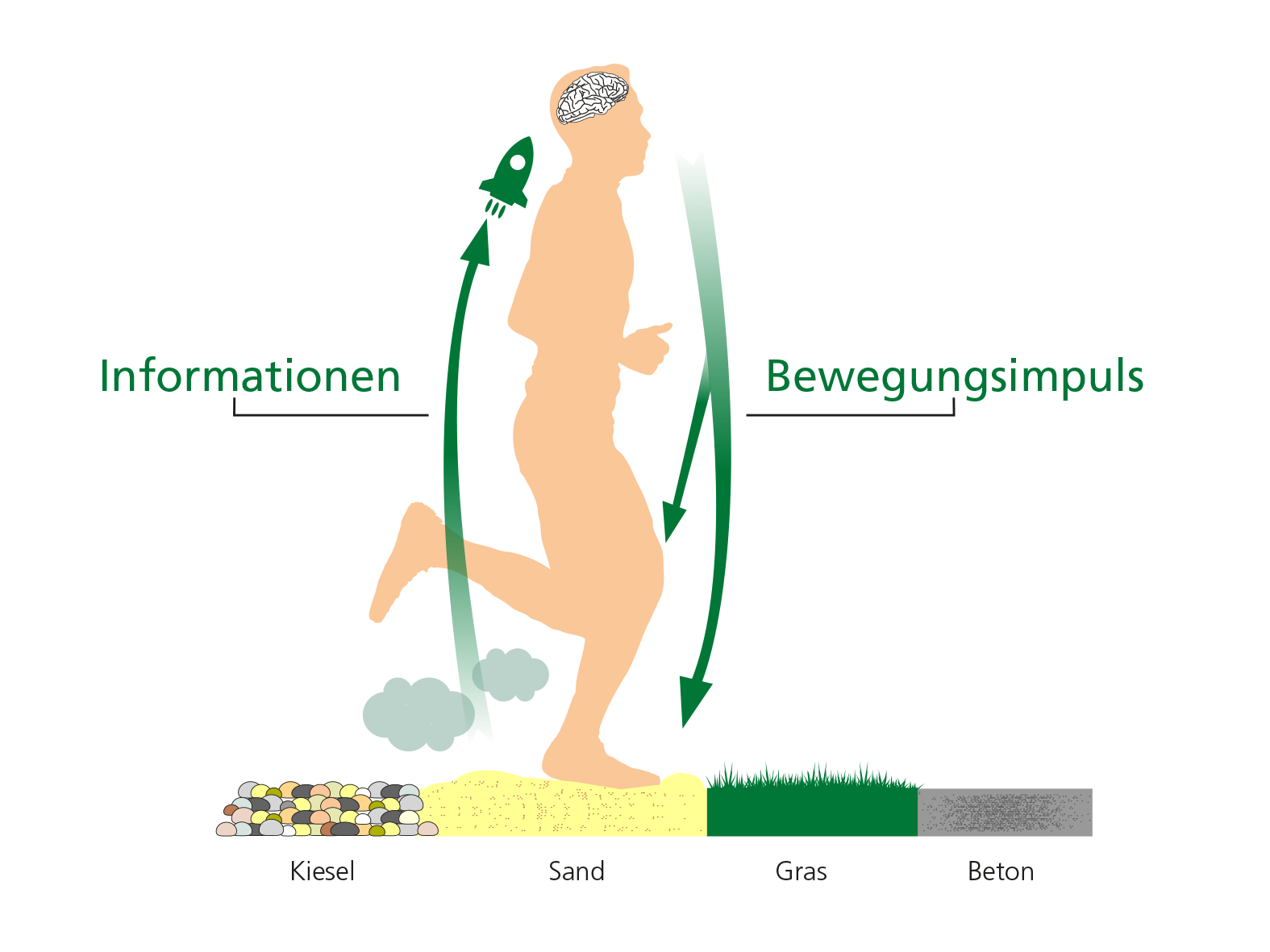
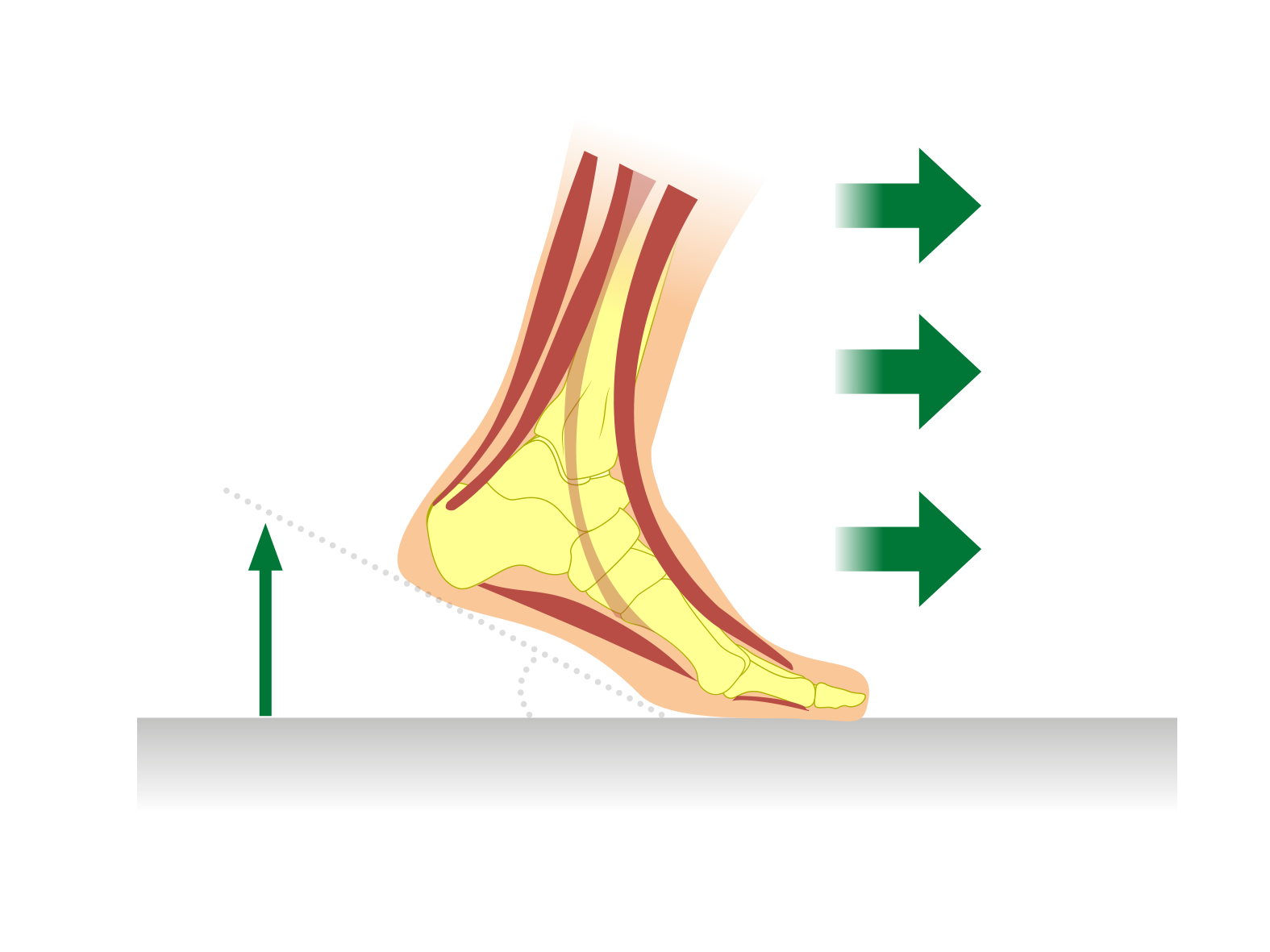
These bones are connected to each other via joints with their capsules and strong ligaments. Together, they guarantee the stability and mobility of the foot, which can thus fulfill its many tasks. The entire load of the body, the support of the body weight and its transfer to the ground when walking and standing as well as during all sporting activities are made possible by the tarsal bones, which are arranged in two rows: A row close to the body, and a row away from the body. They are located between the ankle joint fork of the lower leg (malleolar fork) and the metatarsus. In the upper row, these are the calcaneus (heel bone) and the talus (ankle bone), which are the largest bones of the foot. In the lower row are the navicular bone (Os naviculare), the cuboid bone (Os cuneiforme) and the three cuneiform bones (Os cuneiforme I-III). The talus is the highest tarsal bone at the highest point of the longitudinal arch of the foot and transfers the load of the body to the other tarsal bones.It is a very special bone because it has no muscle attachments but is inserted between the surrounding bones. The metatarsals spread out slightly towards the ball of the foot like a lawn brush. They are not connected to each other in the ball of the foot by joints but by ligaments. This allows the ball of the foot to be very flexible. Together with the flexible toes, the foot can adapt to different surfaces. With the exception of the talus, all the bones of the foot are integrated into a muscle system via many short foot muscles (intrinsic muscles) and the tendons of the long lower leg muscles that attach to the foot, which gives the foot its strength and dynamism.
Only when the foot has felt the ground do the muscles tense the numerous bones of the foot into a rigid locomotion lever, the forward movement is initiated and safe and powerful locomotion can be performed.
To support the delicately designed foot with its special functions, the shoe should correspond to the foot's typical and individual dimensions and support its functions and movements. Every shoe influences the functions of the foot, just as the foot tries to fit the shoe according to its individual shape.
You can find more on the topic by Dr. Norbert L. Becker at:www.fair2feet.com/
